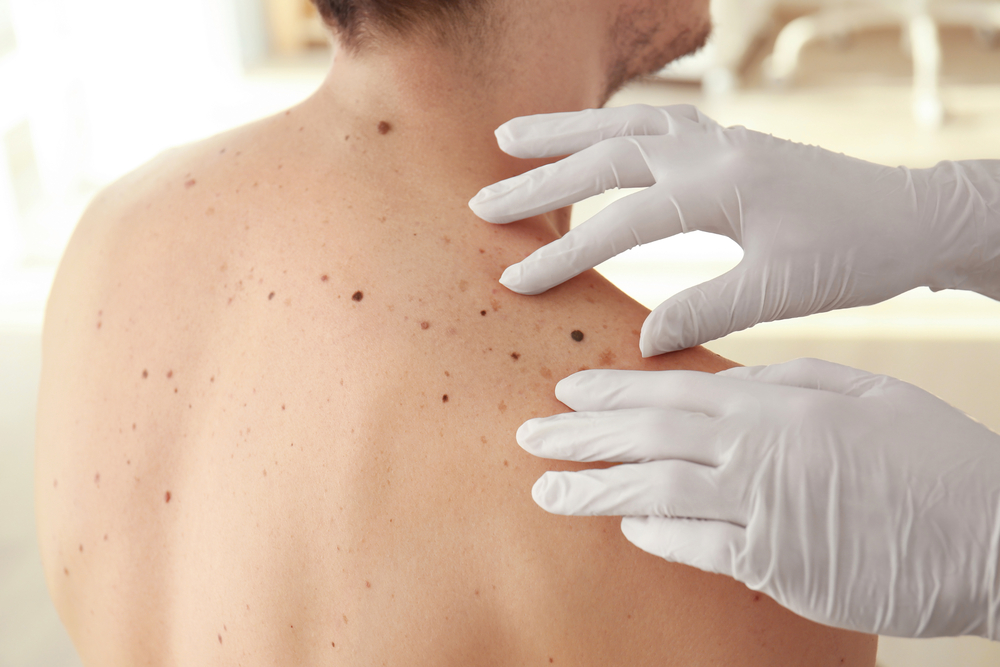Look into mohs surgery for skin cancer with a certified specialist.
Look into mohs surgery for skin cancer with a certified specialist.
Blog Article
Navigating Skin Cancer Cells Therapy: The Crucial Duty of Mohs in Modern Dermatology Practices
Skin cancer, a daunting diagnosis, often leaves individuals coming to grips with many treatment choices. Amongst these, Mohs surgical procedure stands as a beacon in modern dermatology, renowned for its thorough method to cancer cells elimination and conservation of surrounding healthy cells. This innovative method promises not just superior cosmetic end results but additionally offers immediate results, alleviating client anxiousness. As we discover the details of this treatment, one will certainly appreciate its essential role in skin cancer therapy.
Understanding Skin Cancer: Types and Threats
Skin cancer cells, a possibly lethal condition, is much more common than numerous individuals understand. This illness, brought on by the unrestrained growth of abnormal skin cells, mostly results from DNA damages due to exposure to the sun and ultraviolet (UV) light. There are three major sorts of skin cancer cells: Basic cell cancer, Squamous cell carcinoma, and Cancer malignancy. While the previous 2 are less deadly and compose the majority of identified situations, melanoma is the most hazardous. It makes up only about 1% of skin cancer cells cases but causes the huge bulk of skin cancer fatalities - chemical peel. Risk factors include reasonable skin, history of sunburn, too much sun direct exposure, living at high elevations or near the equator, having several moles, a household history of skin cancer, and weakened body immune system.
What Is Mohs Surgery and Exactly How It's Changing Skin Cancer Cells Therapy
Despite the various treatments presently available for skin cancer cells, Mohs surgical procedure stands out as a groundbreaking and very reliable option. Called after Frederic E. Mohs, the medical professional who established the treatment, Mohs surgical procedure is a specific surgical method made use of to deal with skin cancer. Throughout the treatment, thin layers of cancer-containing skin are progressively removed and checked out till just cancer-free tissue stays. This approach allows the surgeon to verify that all cancer cells have actually been removed at the time of surgery. This level of accuracy, incorporated with the ability to save as much healthy and balanced tissue as possible, is reinventing skin cancer cells treatment. Because of this, Mohs surgical treatment has ended up being a foundation of modern dermatology practices.
The Advantages of Mohs Surgery Over Standard Skin Cancer Cells Therapies
Building on the ingenious nature of Mohs surgical procedure, it's critical to consider its various benefits over conventional skin cancer treatments. Unlike basic treatments, Mohs provides a higher remedy rate, frequently getting to 99% for novice therapies and 94% for persistent cancers. This accuracy is due to its distinct method of considerably getting rid of and analyzing cells layers till just cancer-free cells stay (hair loss). Furthermore, it decreases damage to healthy and balanced skin, resulting in much less scarring and improved aesthetic outcomes. Mohs additionally provides instant results, removing the anxiety-ridden wait typical with various other methods. It's affordable, as the surgery and tiny assessment occur simultaneously, removing the need for additional laboratory solutions. Hence, Mohs represents a significant improvement in dermatological techniques.
The Procedure of Mohs Surgical Treatment: What to Expect During the Refine

Prospective Negative Effects and Post-Operative Care of Mohs Surgical Treatment
Undergoing Mohs surgical procedure, like any type of various other medical procedure, involves possible side impacts that individuals must be aware of. Common side effects consist of discomfort, wounding, and swelling at the surgical treatment website. In some cases, additional treatments may be necessary to make certain complete removal of the malignant cells.
Conclusion

Report this page